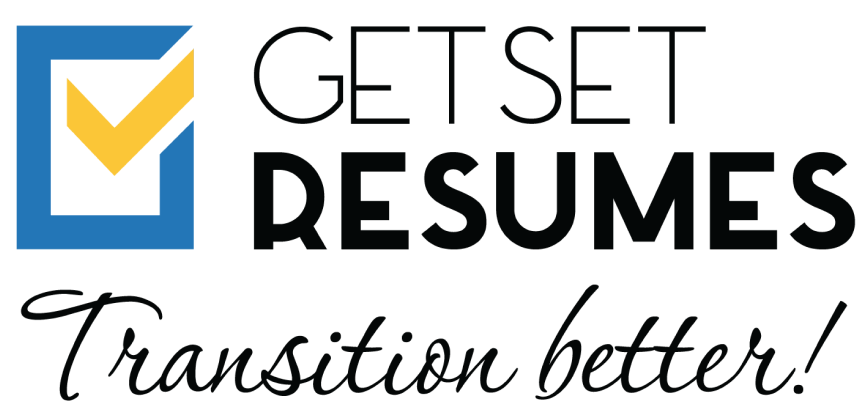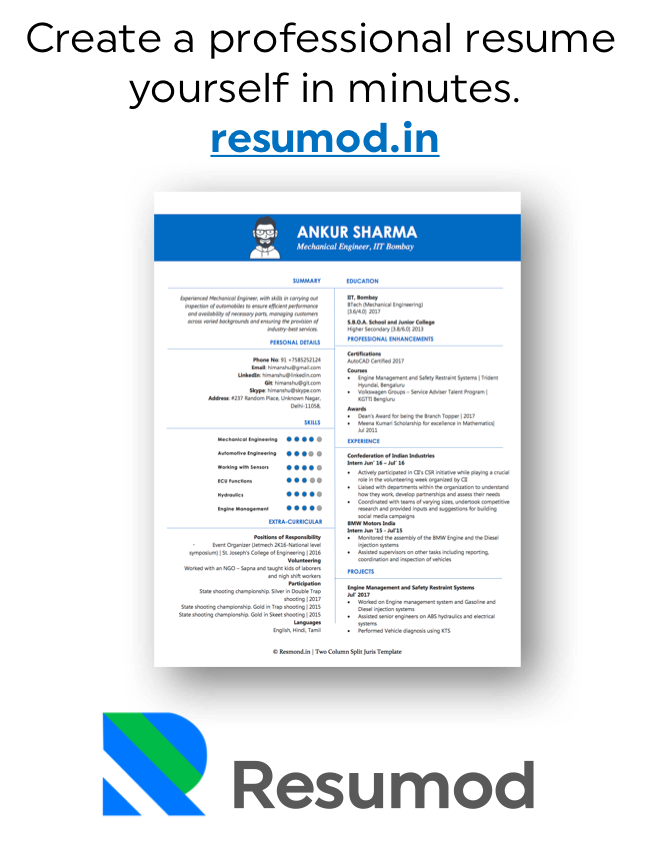In today’s fiercely competitive job market, standing out as a Business Development Leader is no easy task. Your resume plays a pivotal role in showcasing your skills, experience, and achievements to potential employers. It’s not just about listing your responsibilities but about presenting your impact in quantifiable terms. In this comprehensive guide, we’ll explore how to create a winning Business Development Leader’s resume, with a special focus on using metrics and keywords to make it truly shine.
The Anatomy of an Effective Business Development Leader’s Resume
1. Start with a Strong Profile Synopsis
Your resume should kick off with a compelling profile synopsis that gives employers an instant glimpse of your capabilities. This is your elevator pitch, so make it count. In the example resume provided, the candidate opens with a powerful profile that underlines their strategic mindset, leadership prowess, and ability to drive business growth.
2. Metrics: The Backbone of Your Resume
One of the fundamental principles of crafting an impressive Business Development Leader’s resume is the liberal use of metrics. Metrics quantify your achievements and provide clear evidence of your contributions to previous organizations. Let’s delve into some key metrics you can use to showcase your accomplishments:
a. Business Growth and Market Expansion Metrics
– Number of New Stores Opened: Highlight the number of new stores or locations you successfully introduced to the market. This demonstrates your ability to expand the brand’s reach.
– Percentage Revenue Growth: Showcase the percentage increase in revenue that resulted from your strategic initiatives. This figure paints a vivid picture of your impact on the organization’s financial health.
– Market Share Increase: Quantify how your efforts contributed to an increase in market share. This is a critical metric in the competitive world of business development.
b. Cost Savings Metrics
– Savings in Lease Agreements: If you’ve negotiated favorable lease agreements, mention the specific amount you saved the organization. This demonstrates your financial acumen and negotiation skills.
– Operational Cost Reduction: If you’ve implemented cost-saving measures, provide details on the cost reductions achieved. Numbers make your accomplishments more tangible.
c. Project Execution Metrics
– Project Timelines: Highlight your ability to streamline project timelines. For example, reducing construction time from 120 to 75 days, as shown in the example resume, speaks volumes about your project management skills.
– Project ROI: If possible, quantify the return on investment (ROI) for projects you’ve overseen. This shows that your initiatives were not just completed but also generated substantial returns.
d. Partnership Metrics
– Value of Deals Secured: If you’ve negotiated partnerships or deals, specify their value. This indicates your prowess in building and maintaining fruitful collaborations.
– Number of Successful Collaborations: Highlight how many successful collaborations you’ve facilitated. This speaks to your ability to foster productive relationships.
3. Core Competencies: Keywords That Matter
Incorporate a dedicated section in your resume that lists your core competencies. This section should be a treasure trove of keywords relevant to the field of business development. Here are some essential keywords you should consider:
1. Strategic Planning: Business development leaders are the architects of growth strategies. Highlight your strategic planning skills prominently.
2. Market Analysis: Mention your ability to assess market trends, gather data, and generate insights. This underscores your analytical abilities.
3. Negotiation Skills: Negotiating deals is a core part of business development. Emphasize your prowess in this area.
4. Team Leadership: Business development often involves managing teams. Showcase your leadership abilities and experience in fostering collaboration.
5. P&L Management: Proficiency in managing profit and loss statements is critical. Provide examples of how you’ve effectively managed the financial health of a business.
6. Cross-Functional Collaboration: Businesses are complex ecosystems. Highlight your expertise in collaborating across functions to achieve common objectives.
7. Expansion Strategy: Mention your role in developing and executing expansion strategies. This keyword signals your experience in taking businesses to new heights.
8. Cost Optimization: Efficiency matters. If you’ve implemented cost-saving initiatives, use this keyword to draw attention to your ability to improve the bottom line.
9. Market Expansion: Demonstrate your knack for identifying and seizing opportunities in untapped markets.
10. Project Management: Managing projects effectively is crucial. Include this keyword to showcase your project management skills.
Bringing It All Together: Crafting Your Resume
Now that we’ve covered the essential elements of a Business Development Leader’s resume, let’s explore how to structure it effectively.
1. Header and Contact Information
– Include your name, phone number, email address, and LinkedIn profile (if applicable).
2. Profile Synopsis
– Craft a concise but impactful profile summary that encapsulates your professional essence.
3. Core Competencies
– Dedicate a section to list your core competencies, using relevant keywords.
4. Career Outline
– Present a detailed account of your career journey. Focus on accomplishments rather than mere job descriptions.
5. Metrics and Achievements
– Incorporate metrics wherever possible to substantiate your achievements.
6. Awards and Recognitions (if applicable)
– Mention any awards or recognitions you’ve received during your career.
7. Education and Professional Enhancements
– List your educational background and any professional development or training you’ve undergone.
8. Early Career Glimpse
– Optionally, include a section that provides a snapshot of your early career, highlighting significant roles and experiences.
Putting It into Practice: The Example Resume
Let’s take a closer look at the example resume provided earlier to see how all these elements come together:
Header and Contact Information
– Start with your name, followed by your phone number, email address, and LinkedIn profile link.
Profile Synopsis
– Begin with a strong profile synopsis that highlights your forward-thinking approach, leadership abilities, and commitment to delivering results.
Core Competencies
– Dedicate a section to core competencies, showcasing your expertise in areas like strategic planning, market analysis, and negotiation skills.
Career Outline
– Provide a detailed account of your career, highlighting your journey from one role to another, and emphasizing your accomplishments and contributions.
Metrics and Achievements
– Quantify your achievements throughout your resume. Use metrics to underscore the impact you’ve made in each position.
Awards and Recognitions
– Mention any awards or recognitions you’ve received during your career, as this adds credibility to your profile.
Education and Professional Enhancements
– List your educational qualifications and any additional training or certifications you’ve acquired.
Early Career Glimpse (Optional)
– Include a section that provides a brief overview of your early career, showcasing your progression to leadership roles.
Conclusion
Crafting a Business Development Leader’s resume that captures the attention of hiring managers and makes a compelling case for your candidacy requires a thoughtful approach. Remember to use metrics to quantify your achievements and keywords to highlight your competencies. Tailor your resume to the specific job you’re applying for and keep it concise, focusing on the most relevant information. With the right blend of metrics, keywords, and a well-structured resume, you’ll be well on your way to securing that coveted Business Development Leader role.



